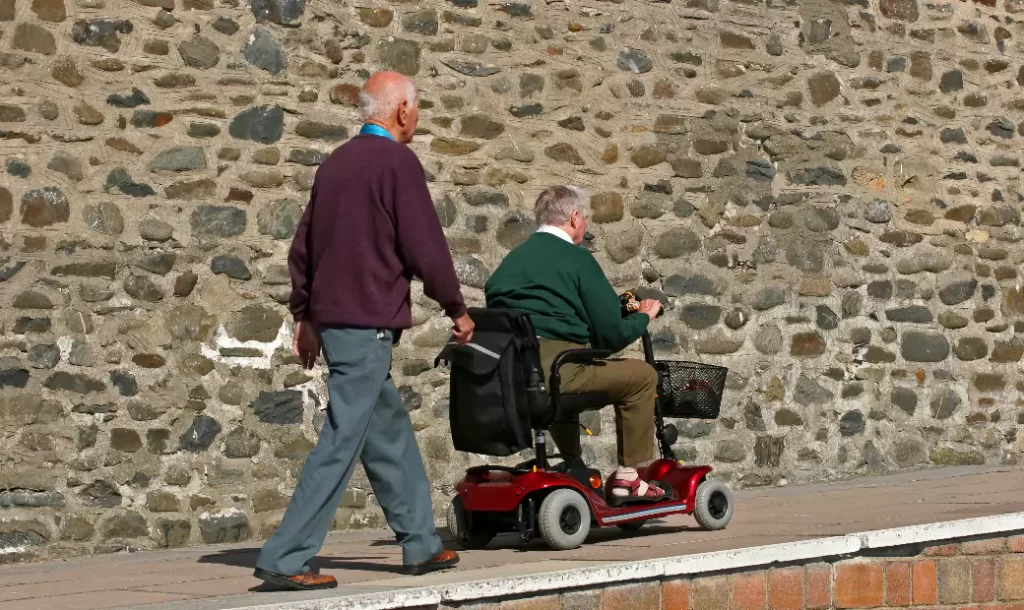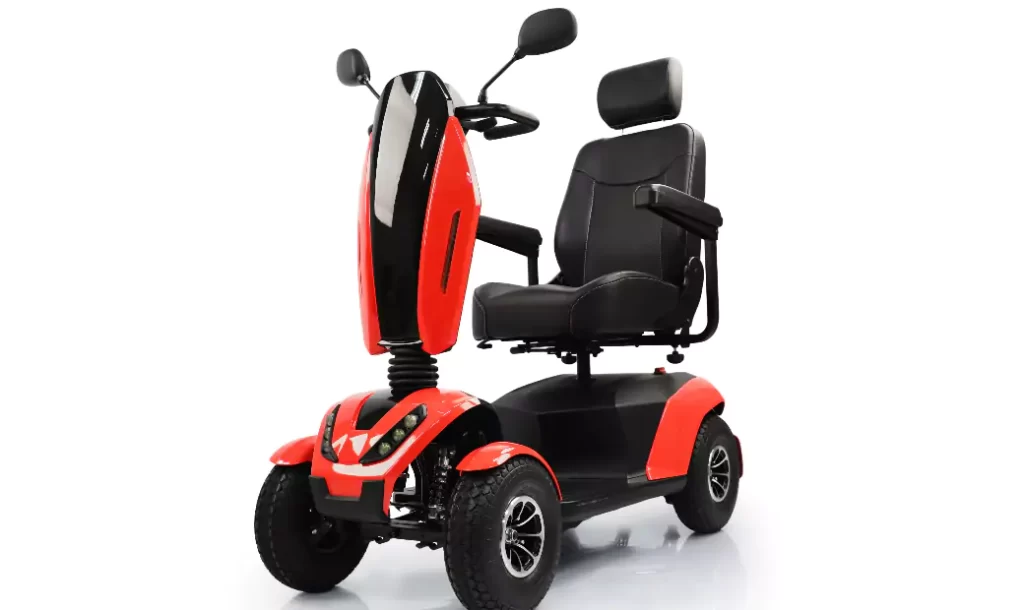Contact Us
Mobility Scooters: A Game-Changer for Independent Living
2025-07-25
Introduction
Mobility scooters have transformed how people with mobility challenges maintain independence. These powered devices enable aging individuals and those with disabilities to move freely, engage socially, and live confidently—especially in communities emphasizing inclusive mobility solutions. As the demand grows, mobility scooters are becoming essential tools in public health, retail, and assistive technology sectors.

Market Overview & Industry Growth
According to Fortune Business Insights, the global mobility scooter market was valued at approximately USD 1.48 billion in 2024 and is projected to reach USD 2.83 billion by 2032, growing at a CAGR of 8.6% between 2025 and 2032.[¹]
Regionally, North America dominates the market share due to aging populations, while Asia-Pacific is anticipated to register the fastest growth owing to increased health awareness and disposable incomes.
Key Trends Driving Growth
Demographic and Health Drivers
By 2050, over 2 billion people will be aged 60+, many of whom will face chronic mobility issues like arthritis or neurological conditions. Mobility scooters provide a practical alternative to wheelchairs for those who need limited assistance.
Portability and Design Innovation
Lightweight frames, lithium-ion batteries, and foldable designs are boosting adoption rates. New models also prioritize aesthetics and usability, appealing to modern consumers.
Regulatory & Policy Focus
An increase in scooter-related injuries has prompted governments to review safety standards. While these mostly concern rental e-scooters, the lessons apply across mobility device industries.[²]
Emerging Market Segments
| Segment | Description |
| Travel Scooters | Lightweight, foldable, ideal for urban and indoor use |
| Heavy-Duty Scooters | For outdoor terrain and long-distance capability |
| Smart Scooters | App-controlled, GPS-integrated, with remote diagnostics |
| Institutional Use | Scooters for hospitals, care centers, and public facilities |
INTCO Medical’s Innovative Models
INTCO Medical offers two standout models:
-
E-CARY: A super lightweight, foldable scooter weighing around 14.5kg (without battery). Features include a carbon fiber frame, 150W brushless motor, and stylish design. Ideal for travelers and daily commuters.
-
GEMINI: A large, stable model designed for outdoor performance and extended rides. Its larger wheels and extended mileage make it suitable for suburban or uneven terrain users.
These models combine advanced engineering with comfort and mobility to meet diverse user needs.
Industry Outlook & Future Innovations
Mobility scooters are shifting from “medical devices” to “lifestyle products.” Trends to watch:
-
Connected scooters: Integration with mobile apps for diagnostics and route mapping.
-
Eco-friendly design: Demand for recyclable batteries and sustainable materials.
-
Policy support: Expanding reimbursement policies in the U.S., U.K., and Europe.
-
Design personalization: Customizable colors and ergonomic controls will soon become standard.
Conclusion
Mobility scooters are a pivotal innovation for independent living. As populations age and assistive technologies advance, these vehicles will continue to bridge mobility gaps and promote inclusivity. Companies like INTCO Medical are leading this transformation with thoughtfully designed scooters like the E-CARY and GEMINI—setting new standards in portability, performance, and design.
References
[1]Fortune Business Insights. (2024). Mobility Scooter Market Size, Share & Industry Analysis. https://www.fortunebusinessinsights.com/mobility-scooter-market-102079
[2]The Australian. (2025, June 23). Rising e-scooter injuries and deaths prompt experts to call on governments to pass urgent reforms. https://www.theaustralian.com.au/nation/politics/rising-escooter-injuries-and-deaths-prompt-experts-to-call-on-governments-to-pass-urgent-reforms-to-protect-riders/news-story/d362938925bc8d0497b02321d2c84183




